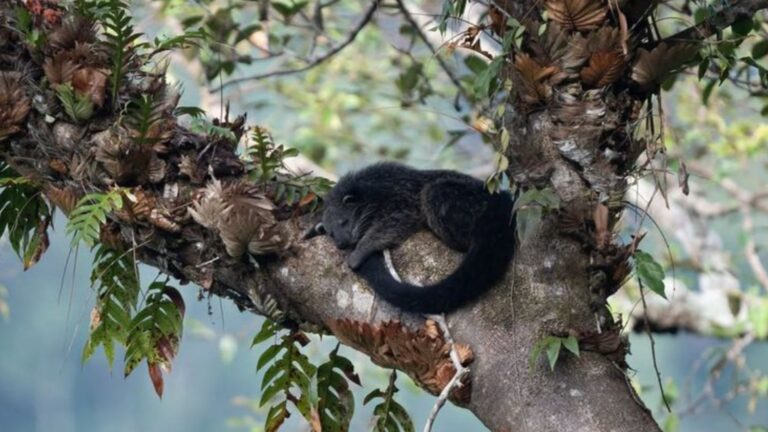10 Enormous Dinosaurs That Once Roamed The Earth Totally Defy Our Imagination
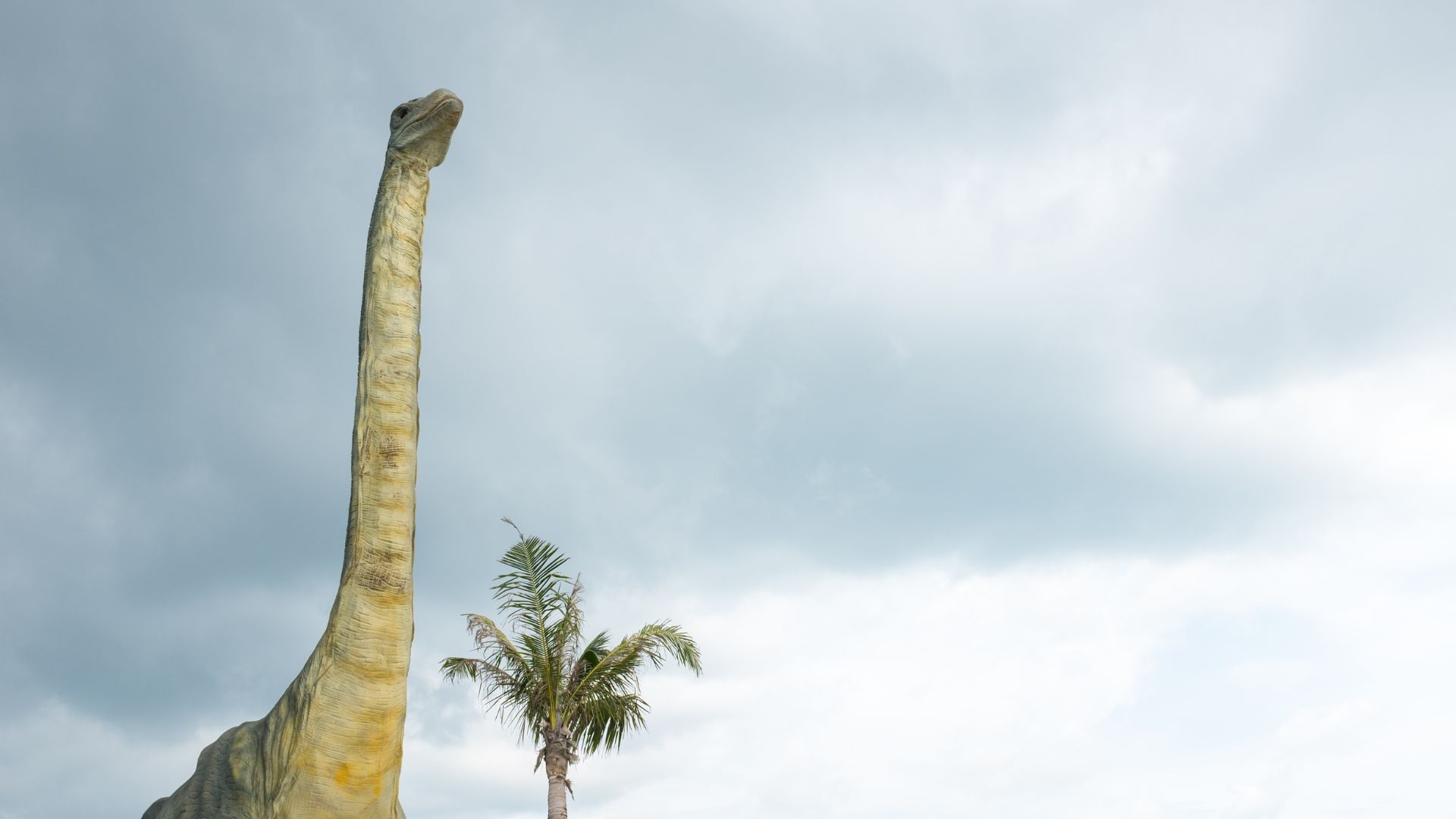
Dinosaurs were some of the most incredible creatures to ever walk the planet, captivating scientists and enthusiasts alike with their fascinating diversity and sheer scale.
Among them, a select few stood out as true giants, dominating the prehistoric world with their staggering size and power. These colossal creatures were so massive, it’s almost impossible to truly comprehend their dimensions without comparing them to modern landmarks or structures.
Imagine an animal the length of a football field or taller than a three-story building—dinosaurs like these defy our imagination even today.
From long-necked herbivores that towered over ancient landscapes to fearsome carnivores that ruled as apex predators, these dinosaurs showcase the awe-inspiring extremes of evolution.
Let’s take a closer look at some of the biggest dinosaurs ever discovered and explore what made them not just the largest creatures of their time, but some of the most extraordinary beings to ever inhabit our world!
Paralititan
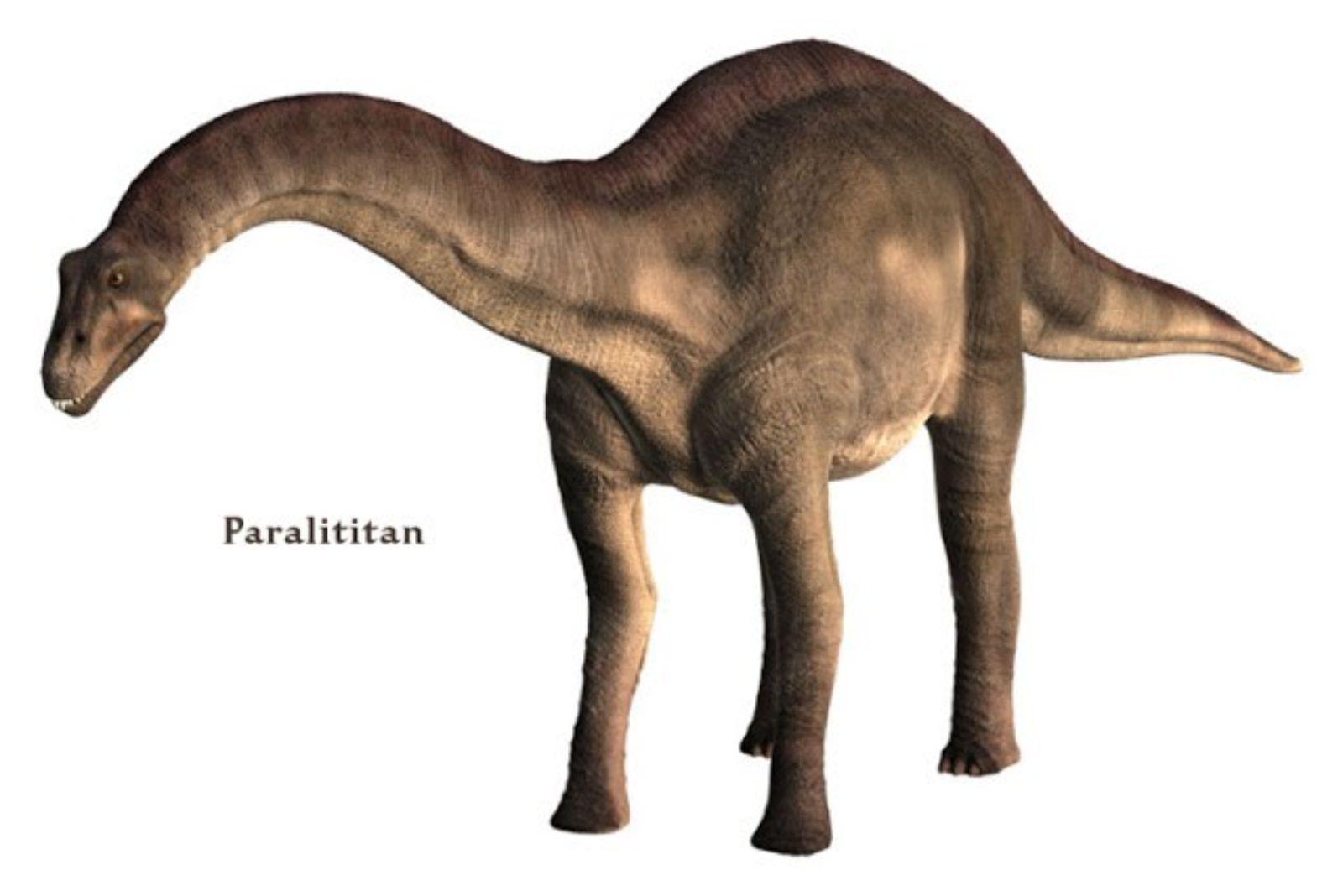
Their name means “tidal giant,” and these dinos were one of the largest to roam the coastal regions of what is now Egypt. Stretching up to 100 feet long, this dinosaur likely weighed around 60-70 tons.
What’s fascinating about Paralititan is that it lived near ancient mangroves, suggesting it might have enjoyed a waterfront lifestyle. A dinosaur that loved the beach? Now that’s a creature I’d love to see!
Fun fact: Paralititan lived about 98 million years ago, leaving its mark in the mid-Cretaceous period.
Patagotitan Mayorum
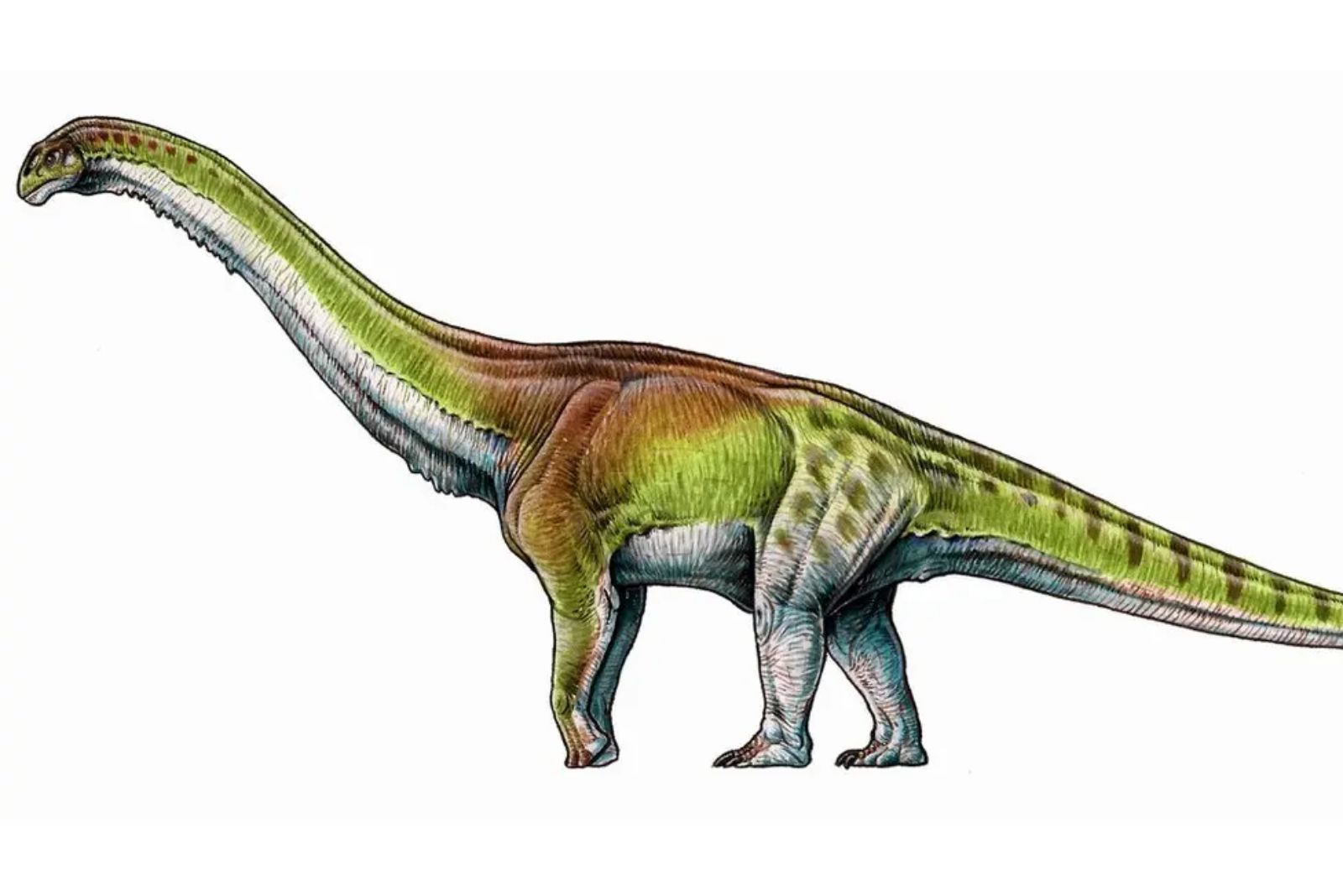
Patagotitan Mayorum wasn’t just big – it was colossal! Estimated at about 122 feet long and weighing around 70 tons, this dinosaur was a true titan. It’s no wonder this dinosaur’s name translates to “giant from Patagonia.”
Discovered in Argentina, Patagotitan belongs to a group of dinosaurs called titanosaurs, known for their massive size and long necks. Imagine a creature so large it could stretch across the length of a basketball court!
Fun fact: Patagotitan roamed the Earth about 101 million years ago, during the Late Cretaceous period.
Rapetosaurus
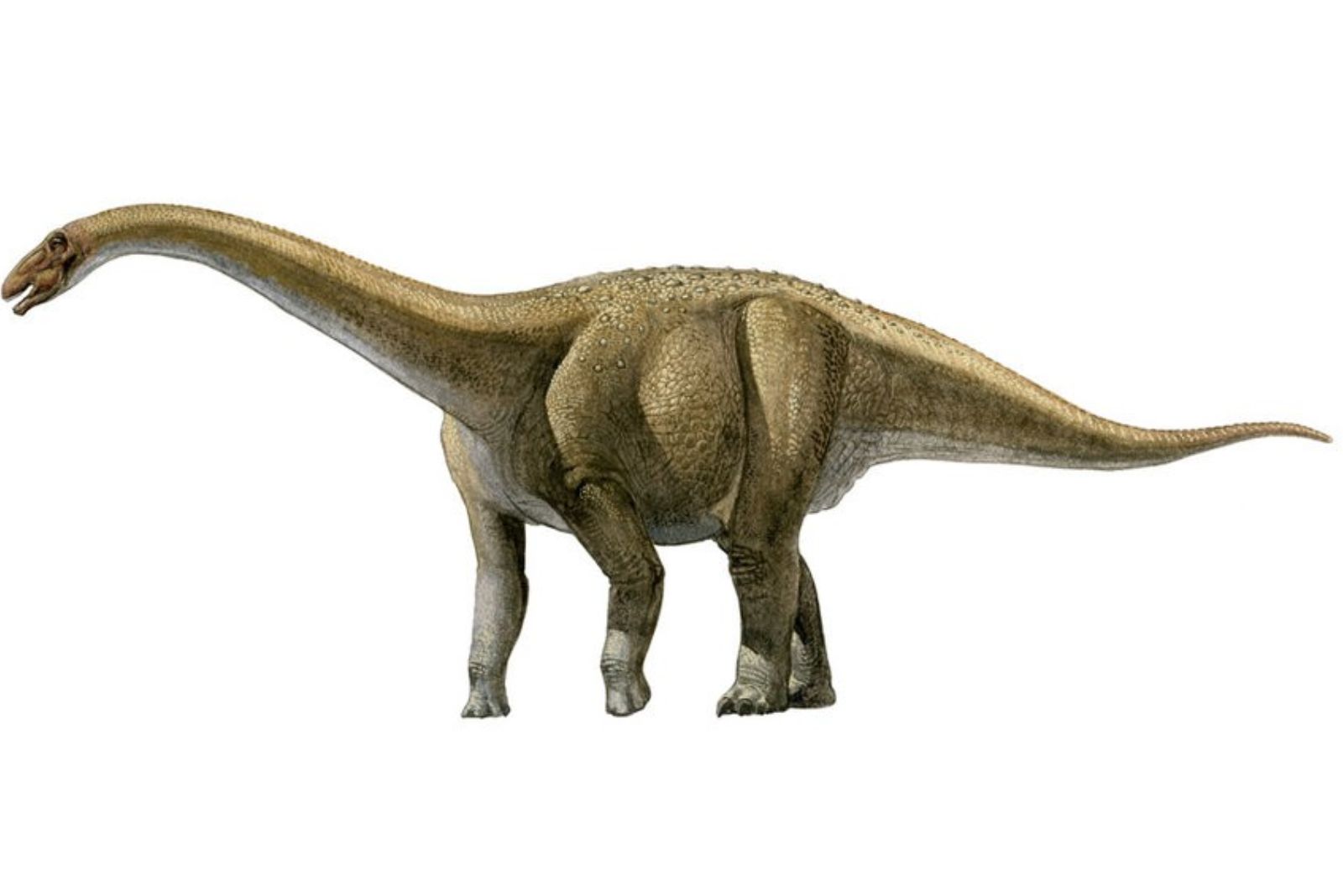
At first glance, Rapetosaurus might seem smaller than some of its titanosaur cousins, but don’t let that fool you. This dinosaur, found in Madagascar, still grew to an impressive 50 feet in length and weighed up to 20 tons.
Known for its long neck and tail, Rapetosaurus is a reminder that even the “smaller” members of the titanosaur family were still absolute giants by today’s standards.
Fun fact: Rapetosaurus was discovered in 2001, and its fossils have helped scientists understand how titanosaurs grew over their lifetimes.
Shingopana Songwensis
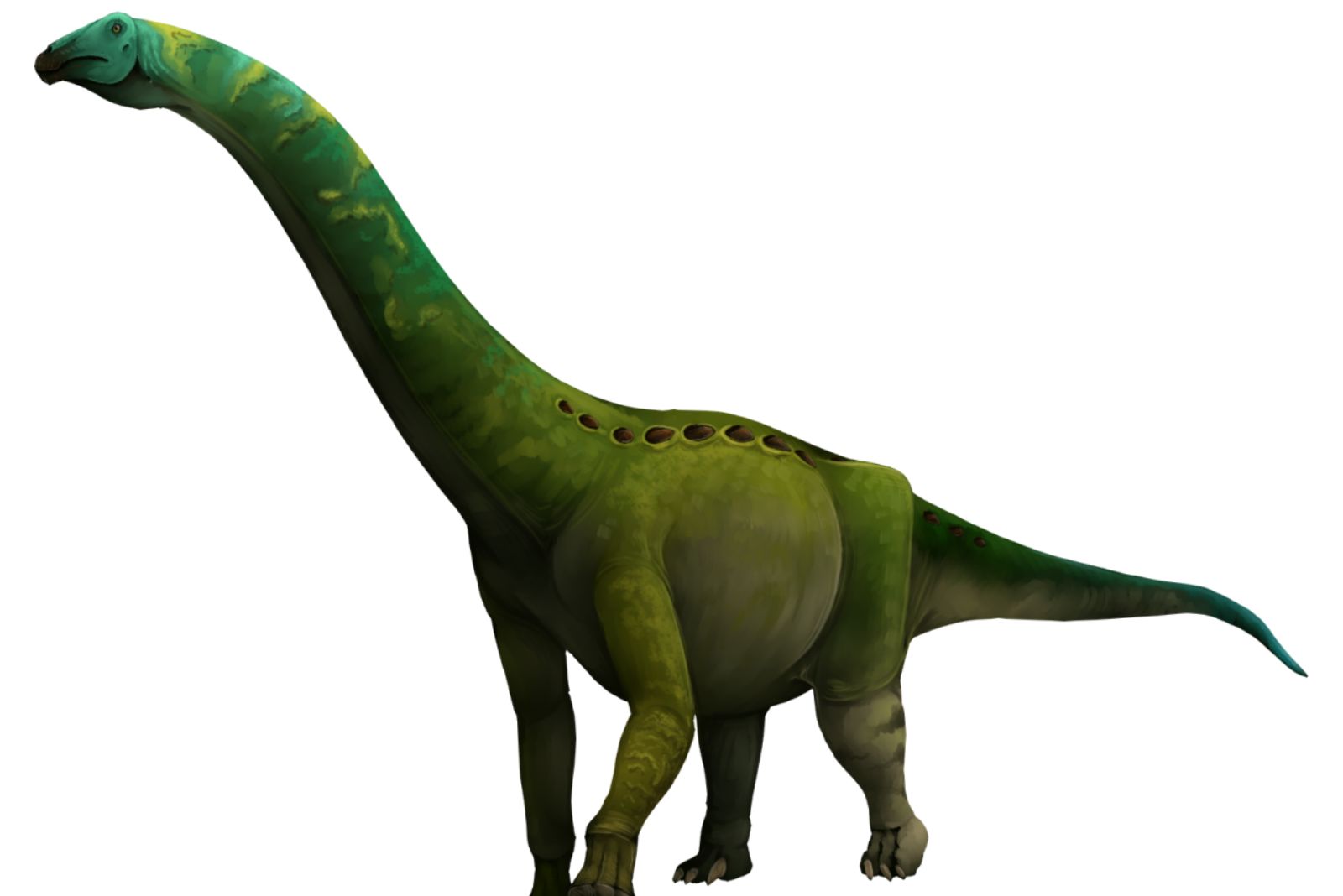
Shingopana Songwensis might not be as well-known as some of the others on this list, but it deserves a spot for its unique history. This titanosaur, discovered in Tanzania, measured about 80 feet long.
What’s interesting is that Shingopana lived alongside other massive dinosaurs, showing that Africa was once home to its own lineup of prehistoric giants. Amazing, right?
Fun fact: The name Shingopana means “wide neck” in Swahili, a nod to its likely powerful and sturdy build.
Austroposeidon Magnificus
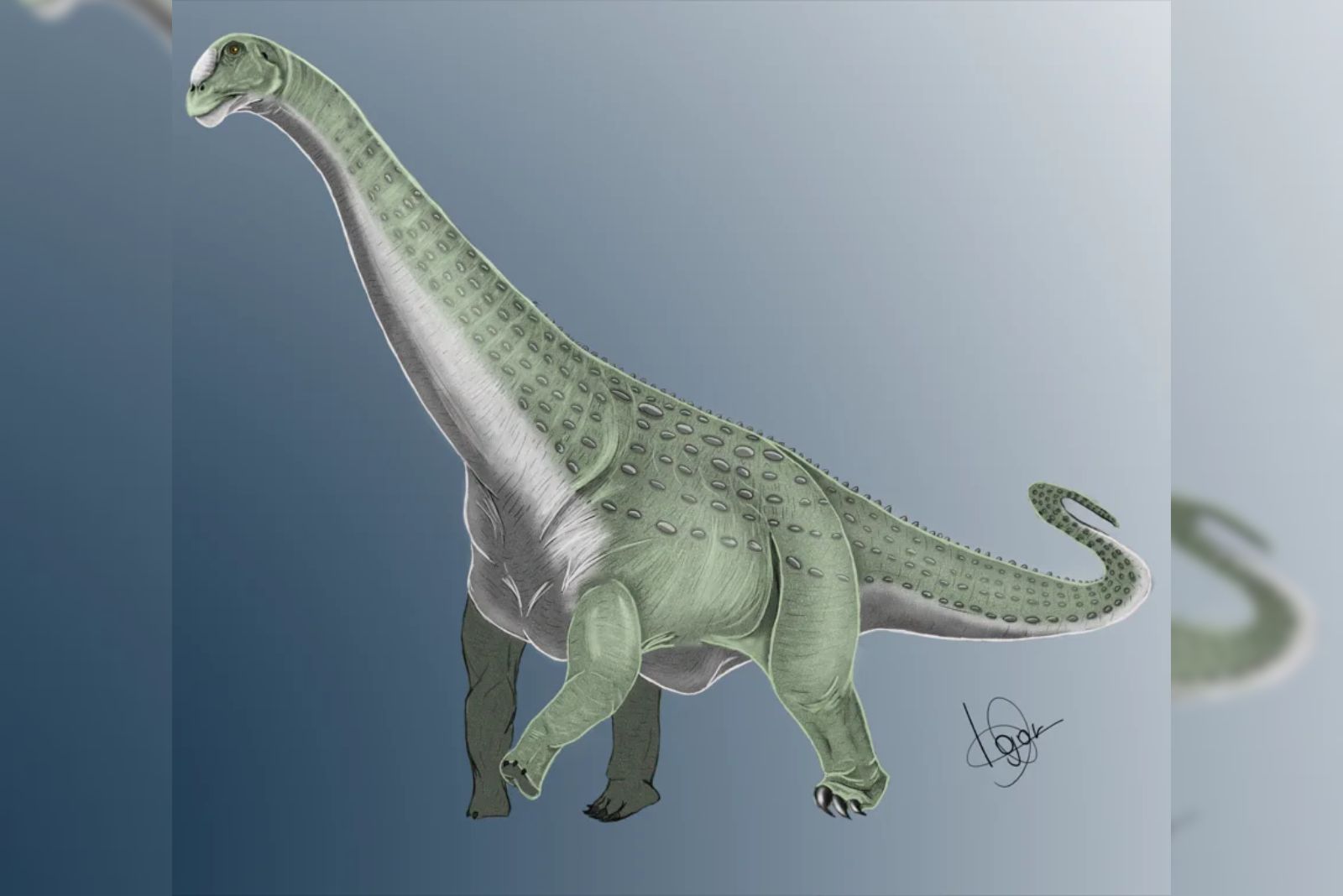
With a name like Austroposeidon Magnificus, you know this dinosaur was something special. Discovered in Brazil, this titanosaur reached lengths of up to 82 feet.
Its fossils were found in the 1950s but weren’t fully studied until decades later, making it a relatively recent addition to the list of giant dinosaurs.
Fun fact: Austroposeidon lived about 84 million years ago, and its massive bones helped confirm South America’s role as a hotspot for gigantic dinosaurs.
Saltasaurus
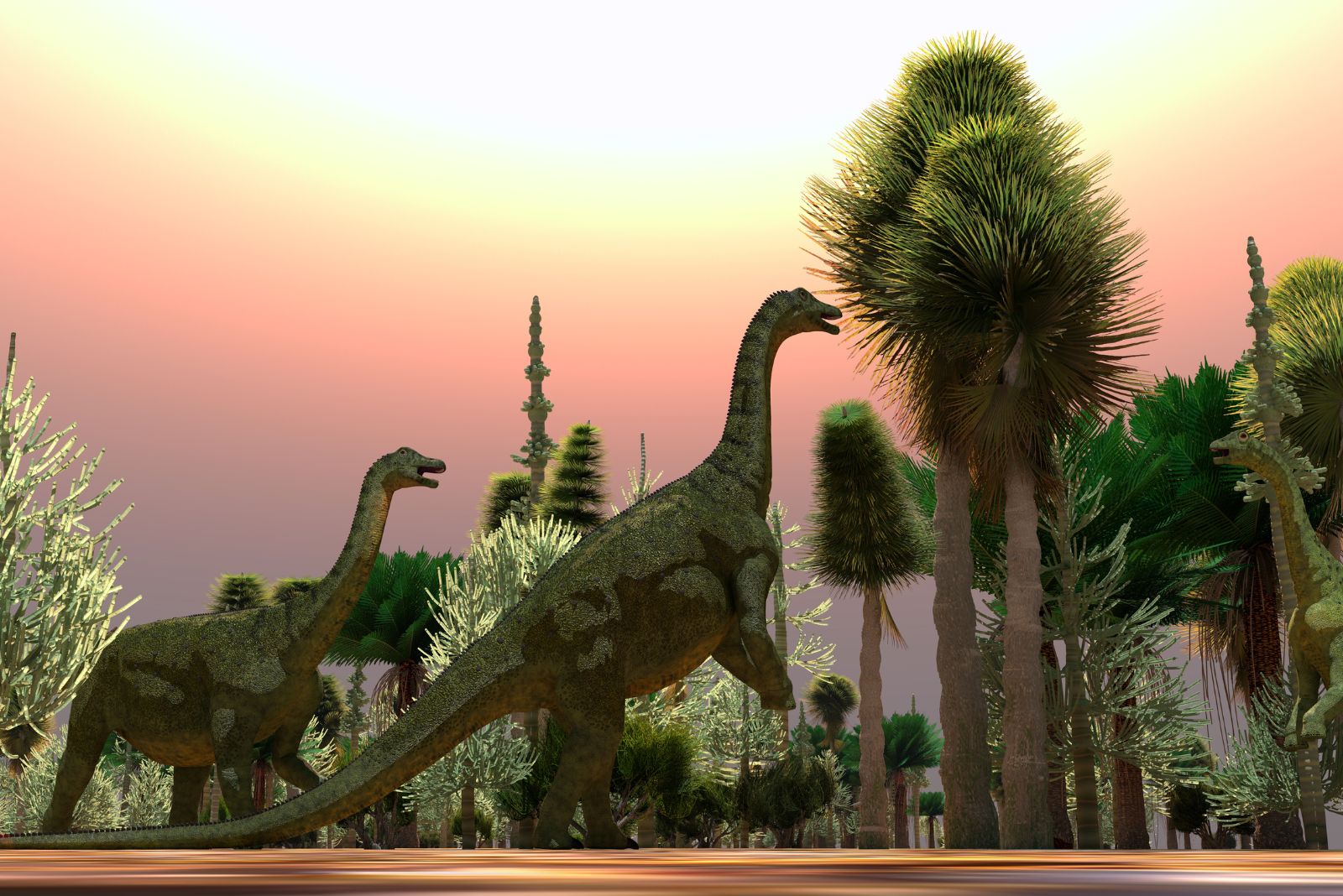
Saltasaurus stands out among the titanosaurs for one fascinating reason – it had armor! This 40-foot-long dinosaur, discovered in Argentina, was covered in bony plates called osteoderms, which likely provided protection against predators.
While smaller than some of its titanosaur cousins, Saltasaurus proves that size isn’t everything.
Fun fact: Saltasaurus lived about 70 million years ago, and it was one of the first dinosaurs discovered with evidence of body armor, changing how scientists viewed titanosaurs.
Dreadnoughtus
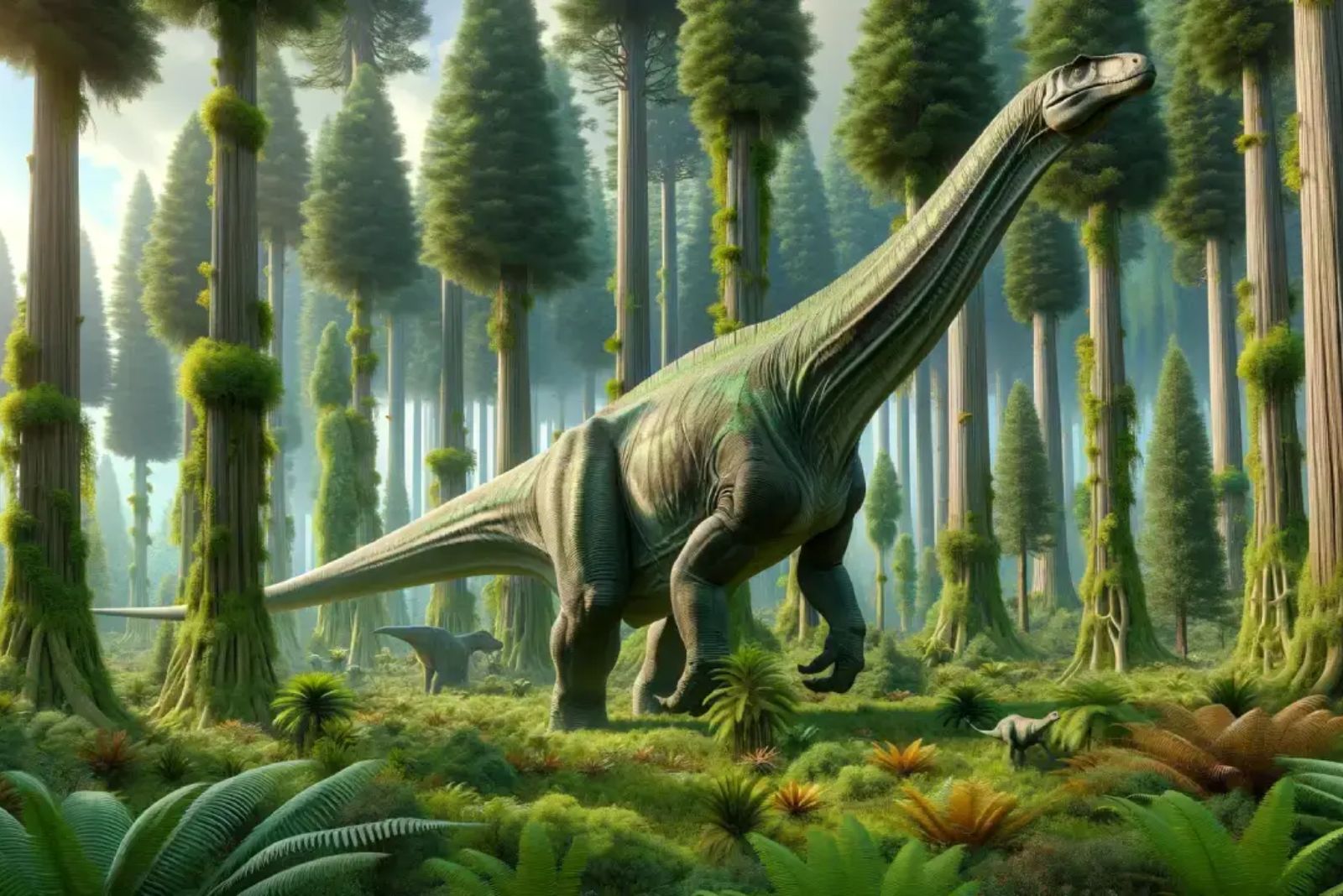
With a name that means “fears nothing,” Dreadnoughtus lived up to its reputation. At an estimated 85 feet long and weighing up to 65 tons, this titanosaur from Patagonia was built like a fortress.
Its massive size likely kept predators at bay, and its discovery in 2014 was a game-changer for paleontologists.
Fun fact: Dreadnoughtus roamed the Earth about 77 million years ago, and its skeleton is one of the most complete giant dinosaur fossils ever found, which gave scientists valuable insights into its anatomy.
Argentinosaurus
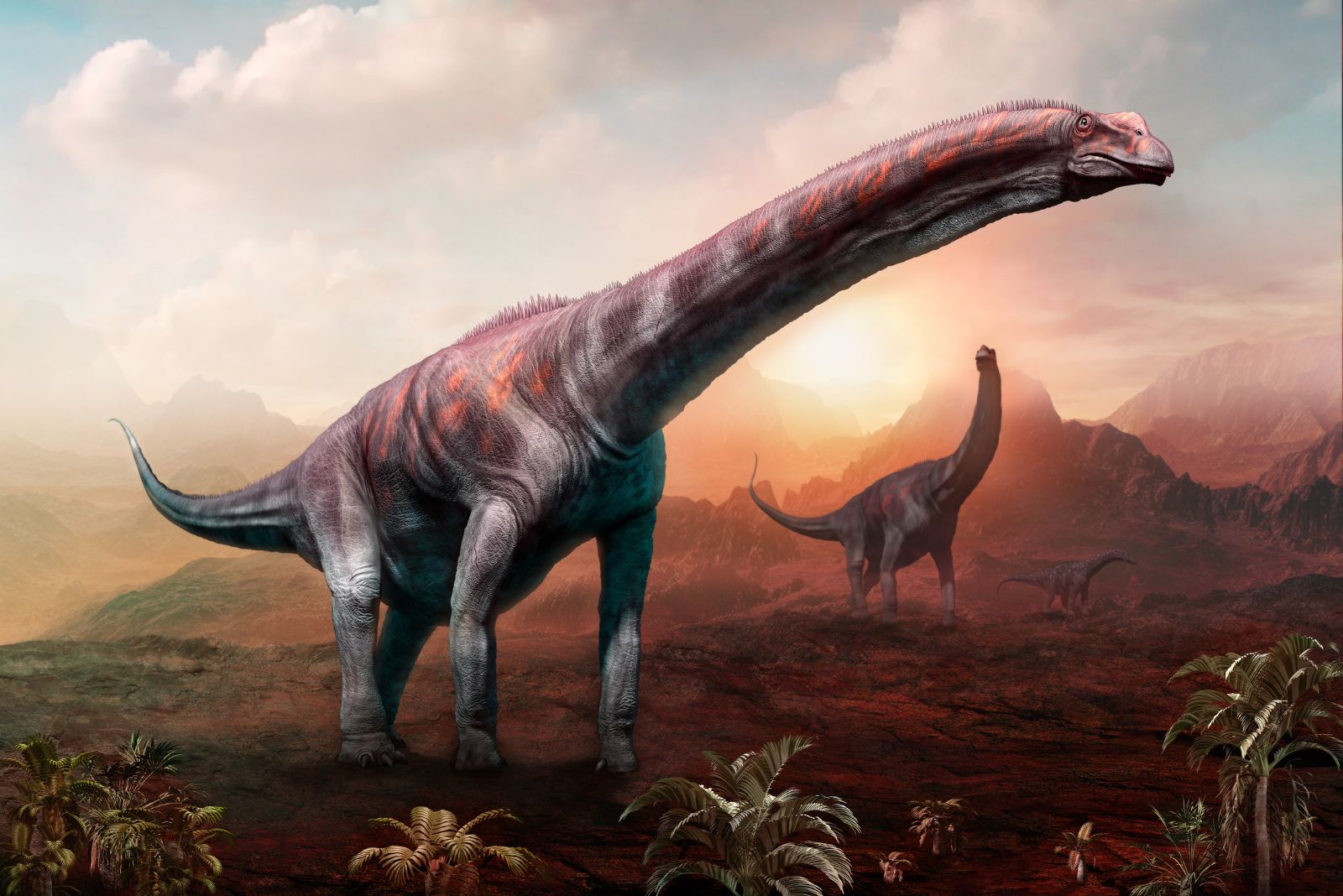
Argentinosaurus is often considered one of the largest dinosaurs to ever walk the Earth. At around 100 feet long and weighing up to 100 tons, this titanosaur was the ultimate heavyweight. Can you even imagine the size of them?
Its fossils were found in Argentina (hence the name), and scientists believe it could have been as tall as a seven-story building.
Fun fact: Argentinosaurus lived about 96 million years ago, and its sheer size makes it a strong contender for the title of the largest dinosaur ever discovered.
Supersaurus
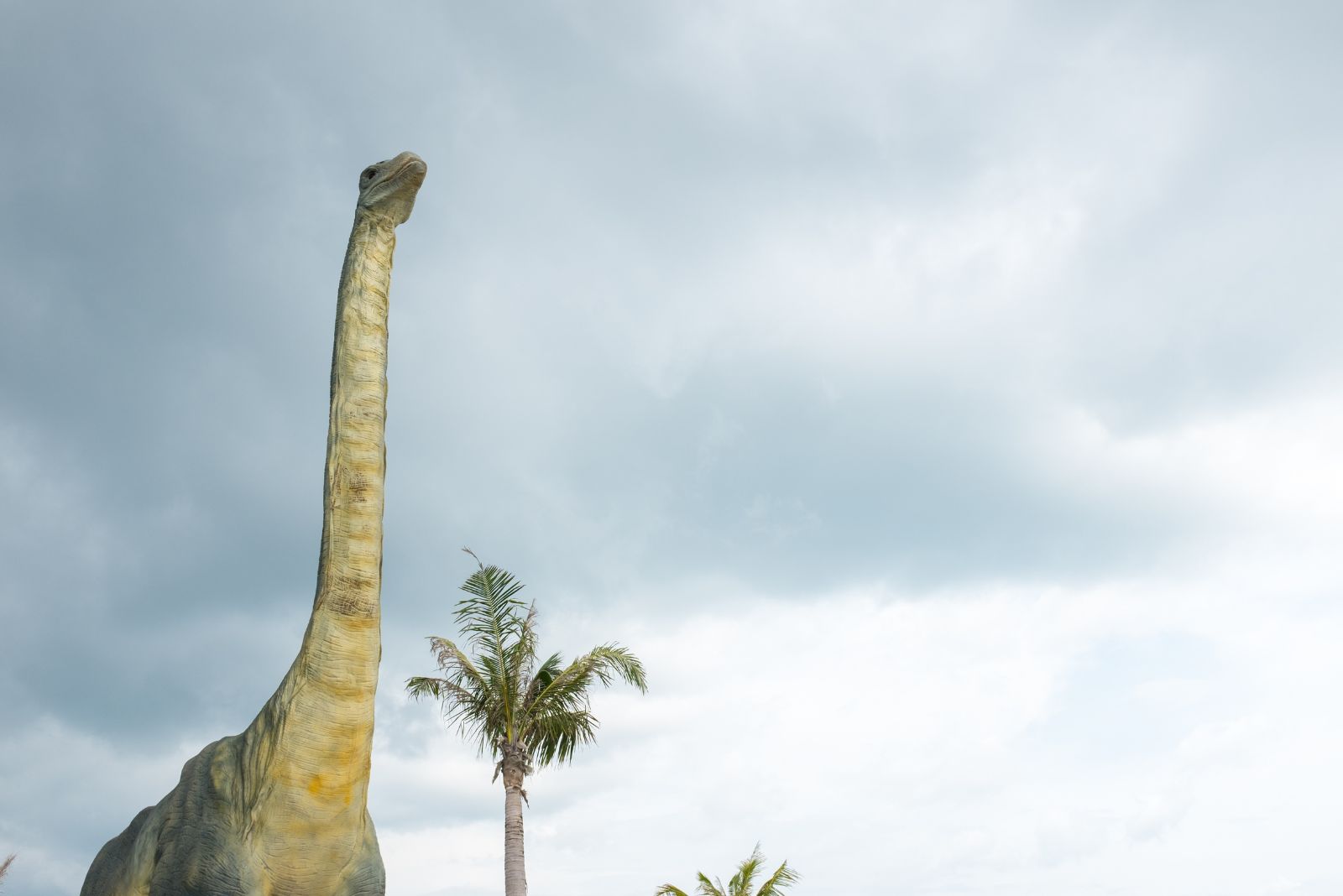
Supersaurus lived up to its name, reaching lengths of up to 110 feet, making it one of the longest dinosaurs ever to roam the Earth.
This enormous sauropod had a long neck and tail, which it used to browse for vegetation in tall trees and to defend itself against predators.
Despite its massive size, Supersaurus was a peaceful herbivore, likely moving in herds to ensure safety and access to food. Its sheer size required a constant intake of plant matter, and it likely spent most of its time eating to sustain its colossal body.
Fun Fact: The name “Supersaurus” means “super lizard,” and its bones were first discovered in a quarry in Colorado, fittingly dubbed the “Dry Mesa Dinosaur Quarry.”
Diplodocus
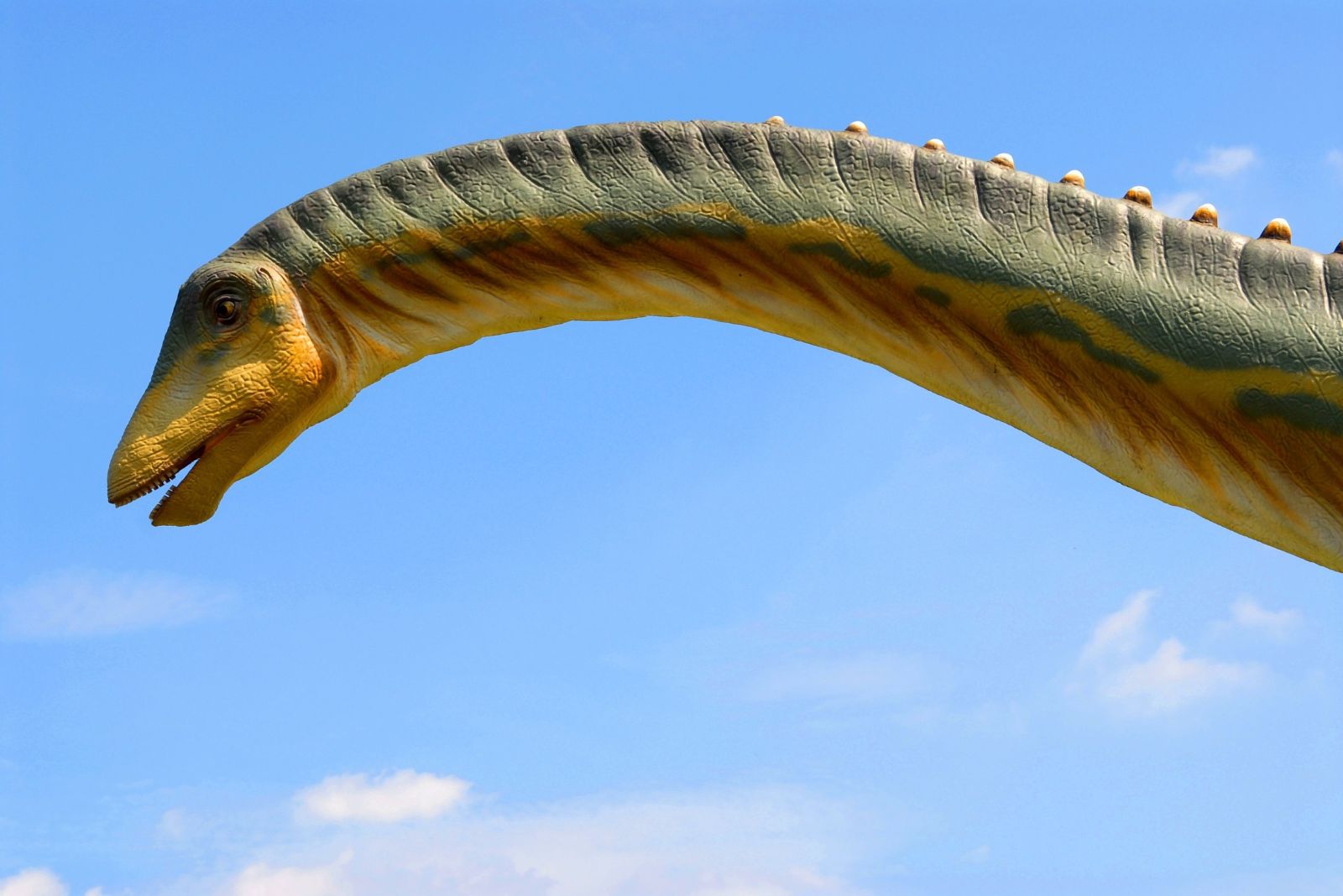
Diplodocus was another gigantic sauropod, growing up to 90 feet long, with much of its length coming from its long, slender neck and tail.
It used its neck to feed on vegetation from the tops of trees or low-lying plants, depending on its stance. Its whip-like tail was a unique feature, possibly used to create loud cracking sounds to deter predators or communicate with others in its herd.
Diplodocus’s size and defensive tail made it a difficult target for predators.
Fun Fact: Diplodocus had peg-like teeth only at the front of its mouth, which were perfectly designed for stripping leaves from branches but not for chewing, meaning it likely swallowed its food whole.






